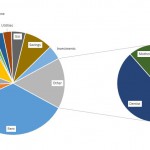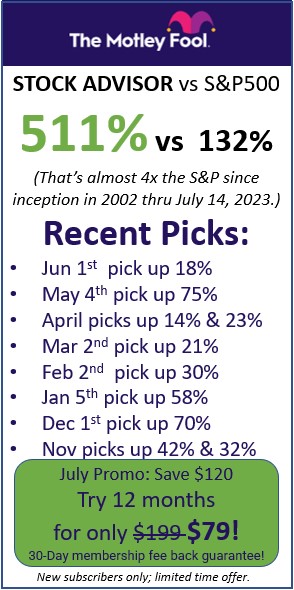The prevailing opinion about credit cards is that 7 in 10 Americans have at least one credit card— the largest number of the millennials’ demography could even own two credit cards. Beyond the obvious convenience that credit cards offer in making it easy to function in a cashless economy and access credit that you could pay off monthly, credit cards issuers offer a wide variety of perks and benefits designed to incentivize you to use their plastic over their competitors.
Some of the perks attached to credit cards are easy to understand, but many people still grapple with the concept of cash back rewards and some users still wonder if there’s a catch of sorts. This piece provides insight into four key points to understand about earning cash backs on credit cards.
- Your card issuer is not necessarily at a loss with the cash backs
There’s no catch in cash backs, your credit card issuer is not trying to trick you into anything by offering a cash back, and the issuer technically doesn’t run at loss by offering a cashback reward. When you sign up for a credit card, the card issuer is guaranteed to make money off the interest payments you make on the credit consumed. The credit card issuer also makes more money in the form of the card interchange fees that it charges merchants when you buy stuff with your card. The card processing fee is typically 2% to 3% of the value of your transaction; hence, for every $100 charged to your credit card, the merchant actually gets $98 or $97 in the end.
When your credit card issuer offers a cashback rewards plan, it is only giving you a fraction of the interchange that it collects from the merchant. The credit card company is making a long-term play by offering you a cash back to ensure your loyalty to their brand.
- You could have a flat rewards rate or rotating cash back categories
There are different types of cash back credit cards and the difference is based on how their rewards model is structured. Some cash-back rewards are structured along a flat rate such that you earn a specific percentage on all purchases. The key selling point of the flat rate rewards is its simplicity because you can make all purchases with a single card without any special calculations.
Some cash back rewards are structured to deliver cash backs on rotating bonus categories. For instance, you could get 3% cash backs at supermarkets, earn 1% cashbacks in gas stations, and earn 2% cash back in department stores – the percentage available however changes monthly or quarterly. Earning cash backs on bonus categories takes some deliberate calculation to maximize the cash backs but it offers more comparative returns that the flat fate model.
- There are more than one ways to cash out your rewards
There are varying options for redeeming your cash back rewards depending on the kind of rewards. One of the most popular methods for redeeming cash back rewards is to use a statement credit to reduce the amount that you eventually pay back as your credit card bill. For instance, if you have earned $300 in cash backs over the last couple of months and your credit card bill comes in at $1500, you can choose to redeem the $300 on your statement so that you only pay back $1300 on your credit card bill. You can also redeem your cash backs rewards for a paper check or direct deposit into your bank account. Another option is to redeem your cash back rewards for gift cards which you can then use to buy products/services at eligible stores.
- You might need to choose between a cash back or low APR
If you pay off your credit card balance each month, you’ll enjoy the full benefits of cashback rewards; however, if you tend to carry credit card debt, you might find out that you the temptation to get cash backs ultimately causes you to fall deeper into credit card debt. An interesting point to note is that credit card that have lower APRs typically don’t deliver a robust rewards program. The most promising and attractive rewards programs are usually seen in credit cards with higher APRs. Hence, you might need to think about what works best for your personal finances – a low APR or a competitive cashback rewards program.

 Cornerstone Lesson Plan: Introducing the Stock Market
Cornerstone Lesson Plan: Introducing the Stock Market Spending Plan
Spending Plan Dead Cat Bounce, Inverted
Dead Cat Bounce, Inverted